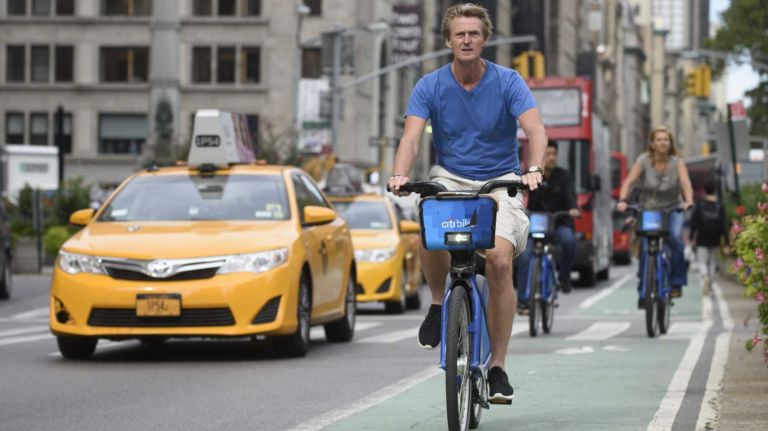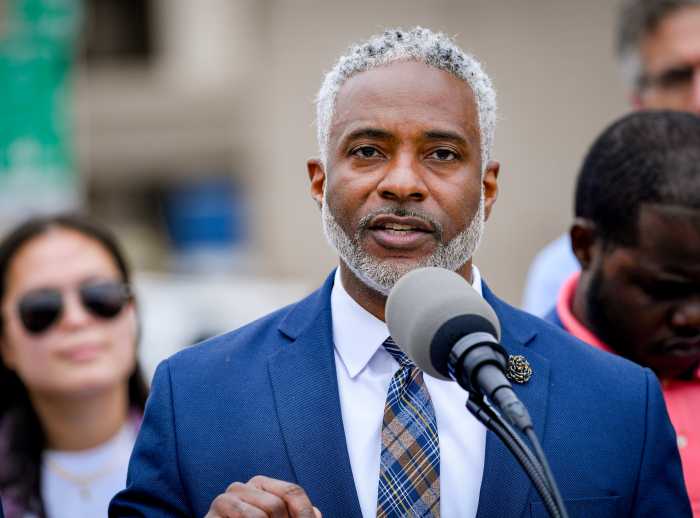BY DANNY HARRIS
To address concerns about the coronavirus spreading among subway passengers, Mayor Bill de Blasio is asking New Yorkers to avoid crowded trains, and in a tweet, he urged New Yorkers to “Bike or walk to work if you can.”
The mayor is absolutely right to encourage New Yorkers to commute by bike or on foot. But getting people to shift modes takes more than sending a tweet.
Ask any New Yorker on the subway why they’re not biking and you’ll get a range of answers. But the most commonly cited reasons why New Yorkers don’t ride bikes are a lack of safe, protected bike lanes and the absence of secure bike parking.
While many would-be straphangers have taken his advice and are telecommuting, others are choosing to drive or use ride-hail services, threatening paralyzing congestion on already clogged roads. During a public health crisis, it’s critical that our streets remain open to emergency vehicles and essential travel.
Mayor de Blasio has overseen the installation of more than 100 miles of protected bike lanes and massive street improvements, but these changes have not reached every community, and huge swathes of the city still don’t have access to bike share.
So what can the mayor do now to get people to heed his call and keep our city moving? He can start with directing the NYPD to adopt a zero-tolerance policy on bike lane-blocking, and to halt any cyclist ticketing stings.
He can direct the Department of Transportation to implement pop-up bike lanes using temporary materials — like he did during the last UN General Assembly — along the routes identified in the mayor’s Green Wave plan, and repurpose lanes on the Queensboro and Brooklyn bridges for bikes.
The mayor could also fast-track new bike parking — on-street and off — and end the prohibition of bicycles in office buildings.
Finally, the mayor should be working with Citi Bike to speed up bike share expansion, both expanding the system’s footprint into more neighborhoods, and adding more stations and valet services in midtown and the Financial District, where most bike traffic is headed every morning.
This isn’t New York City’s first crisis, and our city has the tools and capable leadership to immediately expand transportation alternatives for all residents, to ensure that our communities remain safe, and to keep the greatest city in the world moving.
Danny Harris is executive director of Transportation Alternatives.






































